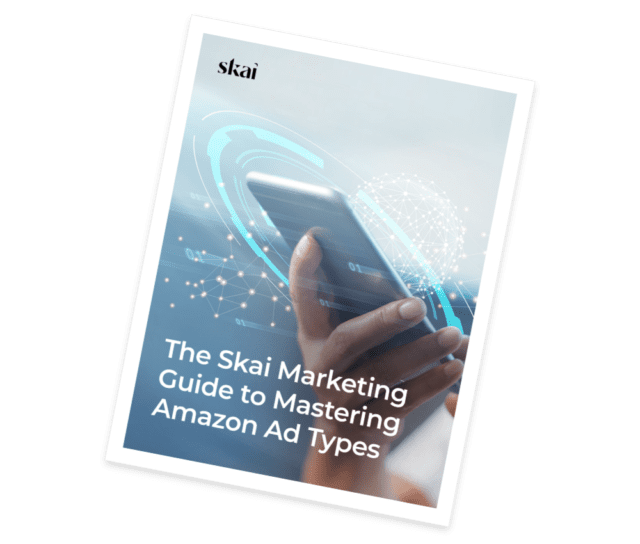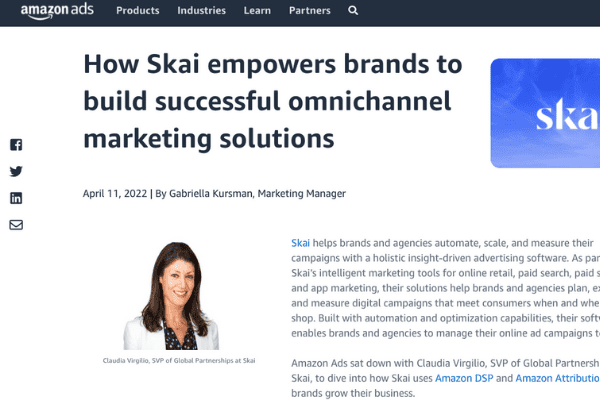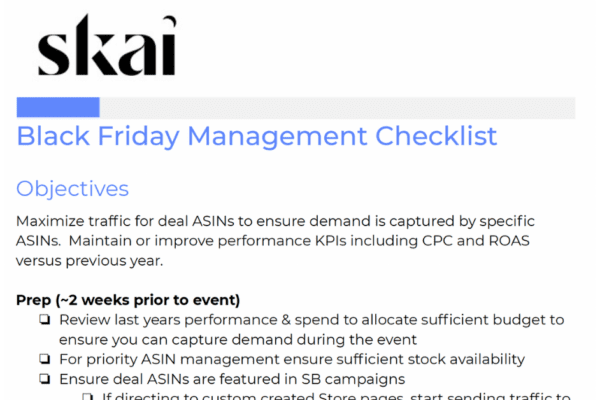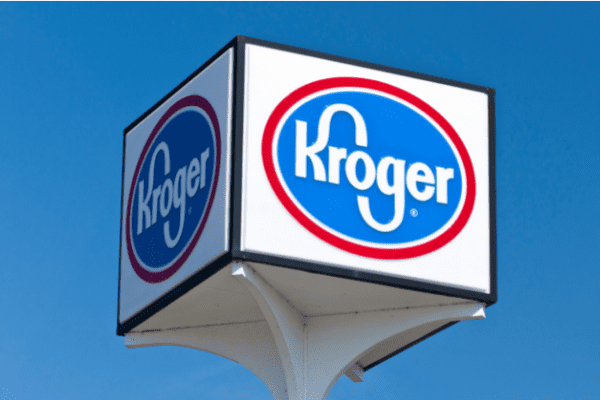
For most retail advertisers, Amazon has become too big to ignore. Over a relatively brief period, Amazon has gone from being an online bookstore to the third biggest digital ad publisher in the U.S., behind only Google and Facebook.
But as the Amazon Ads program mix becomes an ever more critical part of the advertising landscape, competition for attention on the platform has also become increasingly fierce. Some reports estimate that Amazon Ads prices have gone up nearly 50% year-over-year.
To remain successful on the platform without overshooting their advertising budgets, Amazon marketers must understand the types of ads Amazon offers and how to best use those ad offerings together to create a cohesive advertising strategy that maximizes spending.
Amazon Ad Types
The first step to optimizing your Amazon ads program mix is understanding the four main types of Amazon ads.
- Sponsored Products: These are ads for individual product listings. They appear in shopping results and on product detail pages. Sponsored products blend in with organic search results.
- Sponsored Brands: Sponsored brand ads are placed at the top of, alongside, and within shopping results. They are highly customizable and include an attention-grabbing product portfolio. To access a sponsored brand, Amazon shoppers can either click the brand logo, which leads to an Amazon store or custom landing page, or shoppers can click on one of the products featured in the product portfolio to go directly to that product’s page.
- Sponsored Display: These are self-service display ads that use automatically generated ad creatives to target audiences created based on shopping interests related to a product. Sponsored display ads are best for grabbing audience attention as they browse, research, and buy specific products on Amazon’s home page, product detail pages, shopping results pages, Twitch, and other third-party websites and apps.
- Amazon DSP: Amazon’s demand-side platform allows advertisers to programmatically buy display, video, and audio ads on and off Amazon.
Where and how you invest in these Amazon ad types will dictate a lot of the value you can get from your Amazon Ads program.
Five Best Practices for Optimizing Your Amazon Ads Program Mix
Once you understand the main types of Amazon ads, the next step to successful Amazon advertising is using those ad types together to maximize their impact.
Here are some best practices for making the most of your Amazon ads:
Be Price-Conscious
Amazon ad prices vary by ad type. And as with any media mix, a balance of volume and quality is vital. Sponsored Products can offer tremendous volume and will most likely represent the bulk of your Amazon Ad impressions. However, Sponsored Brands, Sponsored Display, and Amazon DSP ads should all work together to drive a specific action.
When thinking through your program mix, ensure you are always buying about your total program, not just one ad format at a time.

Be Funnel-Focused
Retail media has long been relegated to a bottom-of-funnel tactic, but Amazon ads can be used at every stage of the purchase funnel. Amazon shoppers use the platform at every stage of their buyer’s journey, from research to final purchase. Think carefully about where your product fits into the market and how the right mix of ad formats can meet potential customers at the awareness, consideration, and action phases.
Be Target-Minded
No matter which Amazon ad type you’re using, there are plenty of targeting options–keywords, product, audiences, interests, behaviors, and more. However, not every ad type offers all of these targeting methods, so understand what each ad type is capable of, then use those capabilities in conjunction with one another to seek out your ideal audience with each ad.

Be Competitive
The Amazon ad landscape is crowded, and knowing what types of ads your competitors are buying and where those ads are popping up is a critical piece of the Amazon advertising puzzle.
To remain competitive with your Amazon Ads program mix, you will sometimes need to bid higher because competitors are buying up the market share of ads, but occasionally, you will have to back off. For example, a competitor launching a new product might raise keyword bids in the first weeks or months after the release but lower bids afterward. Waiting means still claiming share of voice without blowing your budget trying to compete.
Be “Retail Ready”
Amazon has always encouraged its sellers to make product detail pages (PDPs) as well-built as possible. These pages act as a virtual storefront, offering potential customers insights into your product.
For advertisers, winning a bid that leads those shoppers to a PDP that doesn’t look like a virtual showroom that fully answers all their questions about a product is not likely to move shoppers down the funnel. So save your ad spend for PDPs that do your product justice.
For more information about how you can make the most of your Amazon ads program mix, download “The Skai Marketing Guide to Mastering Amazon Ad Types” here.

Optimize Your Amazon Ads Program Mix with Skai’s Retail Media solution
As part of Skai’s intelligent marketing platform, our Retail Media solution empowers brands to plan, execute, and measure digital campaigns that meet consumers when and where they shop. Built with best-in-class automation and optimization capabilities, our unified platform allows you to manage campaigns on 30+ retailers, including Amazon, Walmart, Target, and Instacart, all in one place.
Schedule a brief demo today to see all of our cutting-edge and innovative retail media functionality for yourself.






